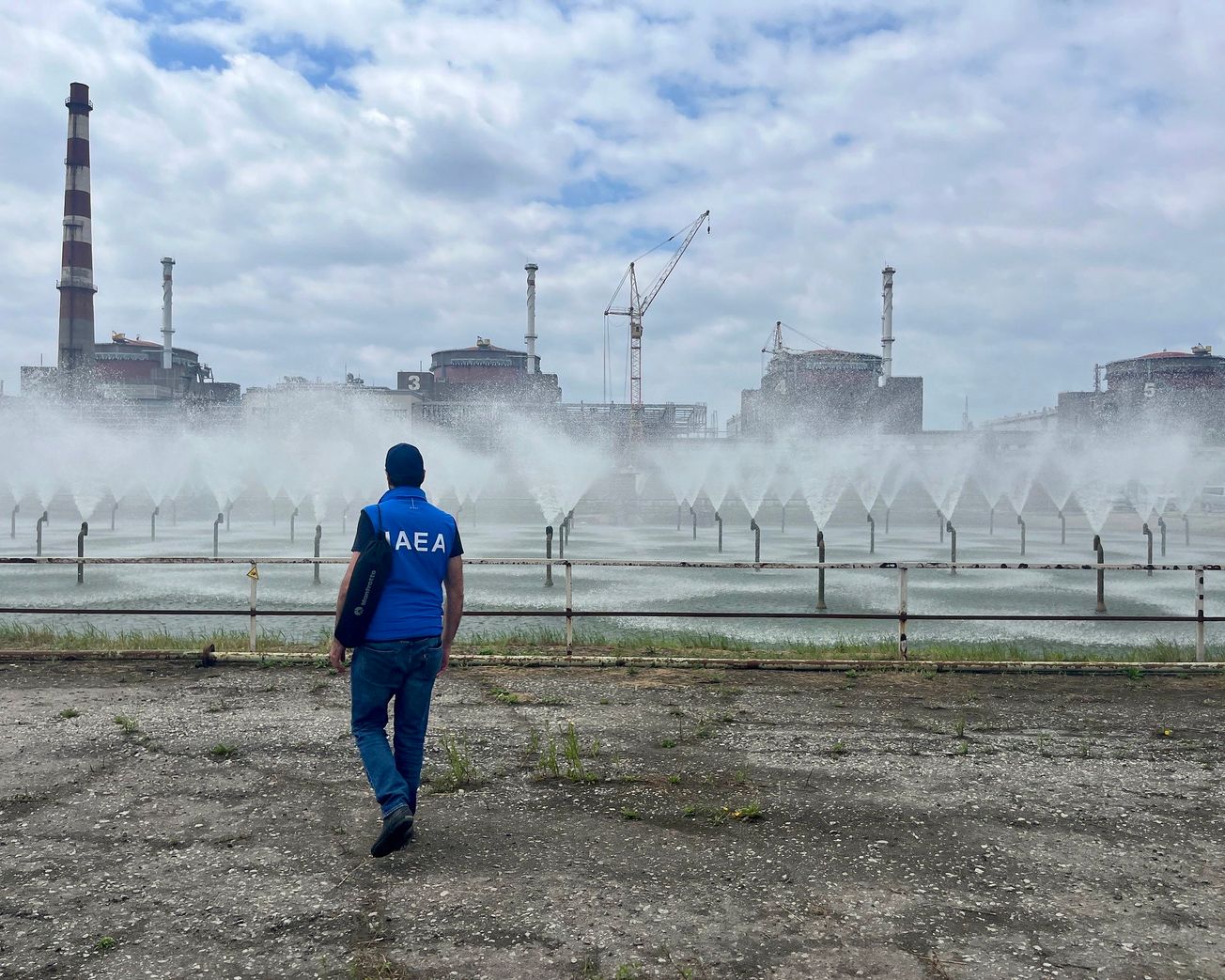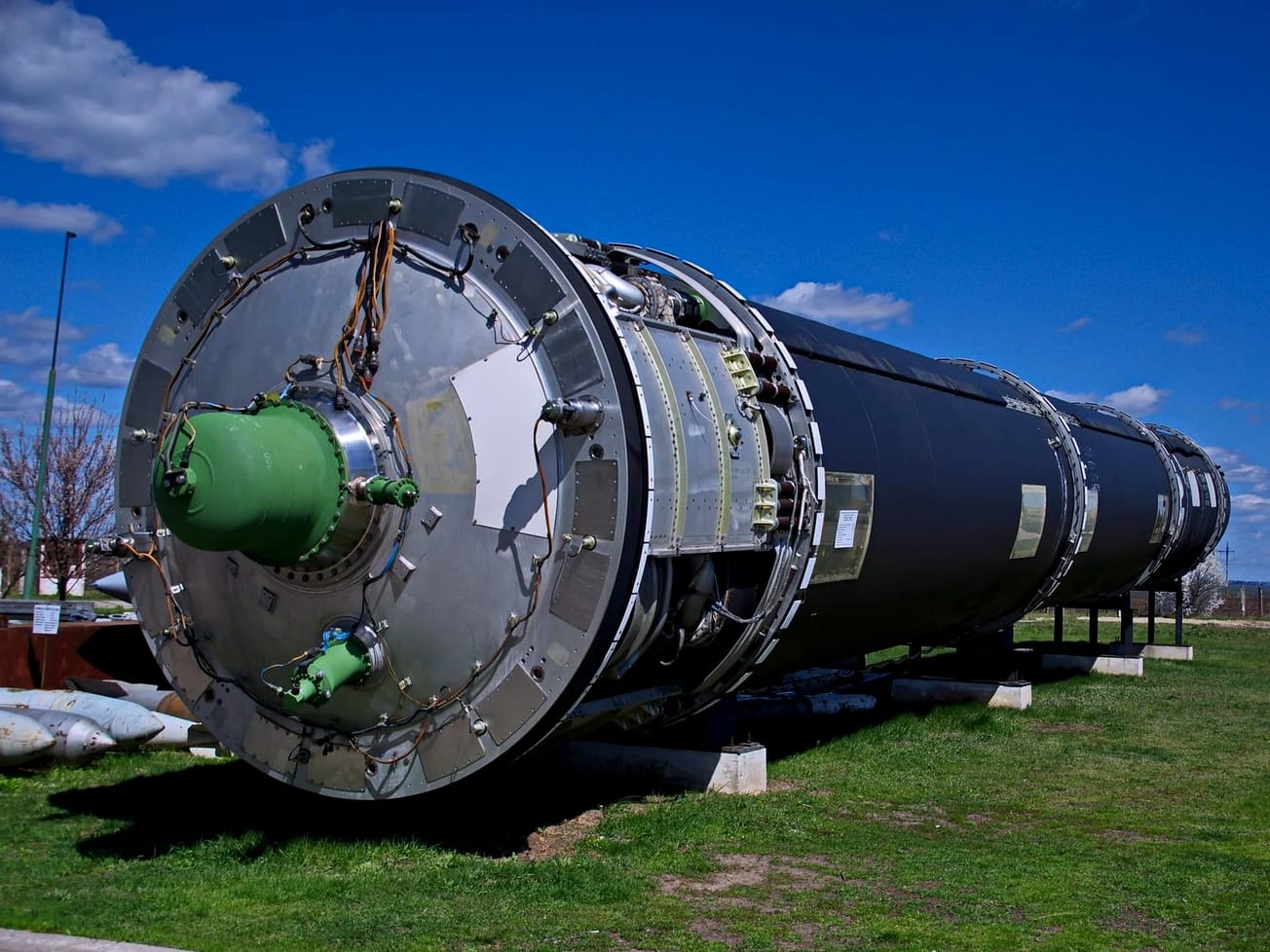Ukraine's Zaporizhzhya Nuclear Power Plant can still operate safely but U.N. inspectors have serious long-term concerns there may not be enough water to cool six reactors, spent fuel and emergency diesel generators.
The draining of one of Europe's largest reservoirs due to the destruction of the Kakhovka dam has compromised the plant's cooling system but it remains stable enough to keep working on a short- to medium-term basis, the head of the U.N. atomic watchdog agency said on Friday after a visit to Zaporizhzhya.









